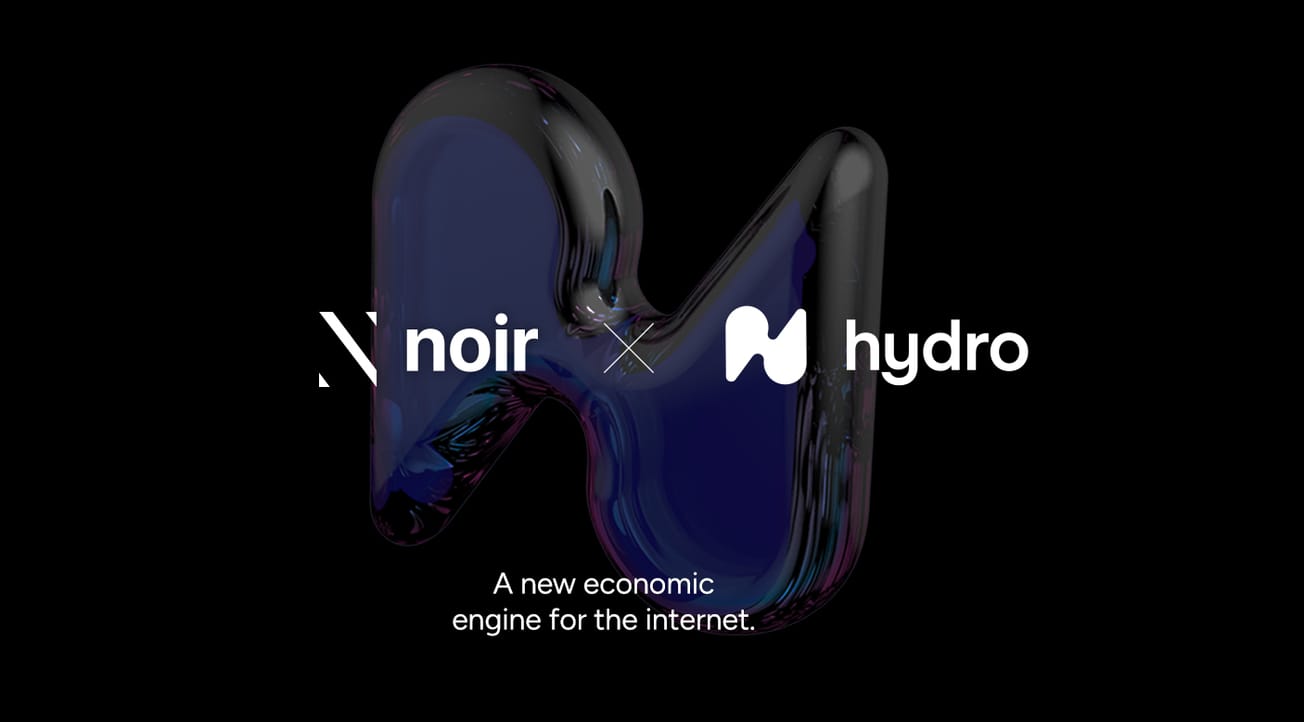Edge Computing (EC) will play a key part in the metaverse’s infrastructure. Many believe that utilizing EC alongside other key metaverse technology could help to reduce latency and bandwidth issues that may occur when trying to access virtual, immersive worlds.
Cutting-Edge Technology
EC describes a way of handling calculations and data storage that is closer to the user than a traditional cloud data center. These days, EC typically happens through a user’s phone or is executed by a computer’s graphics card. This is opposed to cloud computing, where the centralized servers are often much further from the user and will process the information in a centralized site. While cloud computing will also play a pivotal role in the metaverse's foundations, it's not without its issues.
Namely, bandwidth & latency issues are particularly tough problems to solve with respect to 3D virtual worlds because of the high-fidelity immersive environments—ideally, a 3D virtual world would be in real time to facilitate communication and seamless, collaborative processes.
Anyone who has ever played a first-person video game or a Massively Multiplayer Online Roleplaying Game (MMORPG) knows that in virtual worlds, latency is experienced as lag, where characters and objects move inconsistently or are slow to react to user inputs.
For example, they might appear janky and uncanny, teleporting around the space in unpredictable ways. In gaming, this can be incredibly frustrating, ruining the experience and seriously impacting the competitive integrity if games have poor netcodes and don't take care of their servers. In the metaverse, these would make for especially bad user experiences since poor latency would effectively break down the lines of communication between users and cause unnerving lag, making virtual avatars jolt around in a way known as rubberbanding.
Potentially, Edge Computing could be the solution to these problems meeting the metaverse headfirst.
EC is Taking Leaps and Bounds Forward
One company at the forefront of EC is Magic Leap, a hardware company developing a headset called the Magic Leap One Creator Edition. This superimposes 3D computer-generated imagery over real world objects by projecting a light field into the user's eyes. The headset is not tethered to any other device, but it does connect to the internet and has a number of sensors and cameras.
The technology has been years in the making, and the company has years and has raised over $2.3 billion dollars from investors such as Google, Andreessen Horowitz, and Qualcomm. The device is a great example of EC in action; it’s worn on the head and contains all of the computing power needed to generate the digital overlays. This means that the device can be used without being tethered to a computer or phone, and it can be used anywhere, offering a significant advantage over other VR and AR devices, which often require a connection to a powerful computer in order to work through Cloud software.
While the architecture of edge tech is continuously being built upon, but many believe that the next generations of phones will be doing most of the work to support the metaverse through EC. Telecom companies are already marketing their phones as ‘metaverse-ready’, offering a suite of 5G, high-quality graphics cards and integrated digital wallets that store NFTs and cryptocurrencies. While these phones might be metaverse-ready, it still feels like we’re a good stretch away from the metaverse, so they might be waiting a while.






